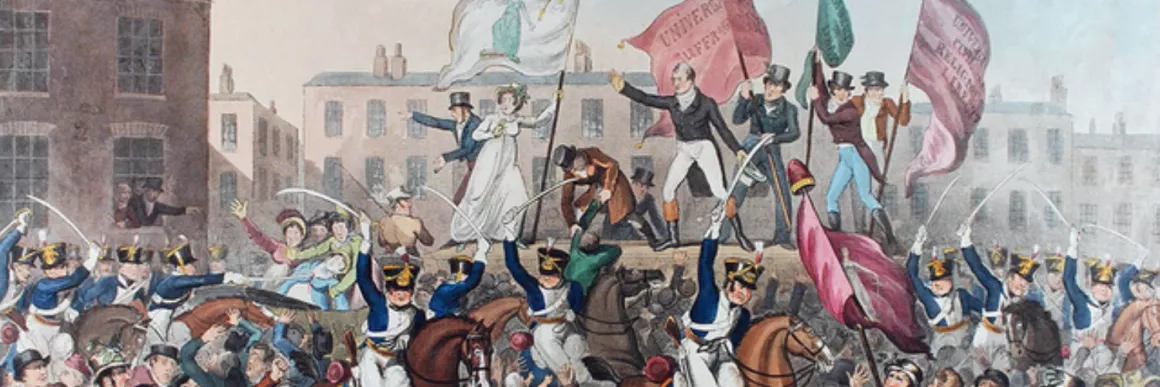After deconstruction, New Historicism, and a socially aware formalism, how are we to read those works by Shelley that seem to be interventionist, The Mask of Anarchy, Swellfoot the Tyrant, the lyrics and ballads that were to be published as Popular Songs? Thus the origin of the 1999 MLA panel on reading Shelley's interventionist poetry of 1819-20. The first of several historical ironies is that none of the interventionist poetry did much intervening at the time it was written, as only Swellfoot was published in Shelley's lifetime, and Swellfoot perished soon after its discovery by the Society for the Suppression of Vice that consigned every copy to the fire. From the unextinguished hearth of Shelley's writing, however, sparks intervened not just in 1832, with Leigh Hunt's Masque of Anarchy, but, as we learn from Rob Kaufman's paper, in the 1930s and 40s in translations and appropriations by the German left, Brecht, Benjamin, and Wolfenstein. Shelley's satires survive not as objets d'art in a museum of cultural monuments but as provocations, dialectical interventions, pretexts for speculation. Swellfoot comes to life as the transgressive body of Iona/"Queen Caroline" in Samuel Gladden's paper, while the Mask of Anarchy occasions a new meditation on committed art—or rather, provokes readings by Mark Kipperman and Rob Kaufman that are an Aufebung of the older discussions of politics and art.

